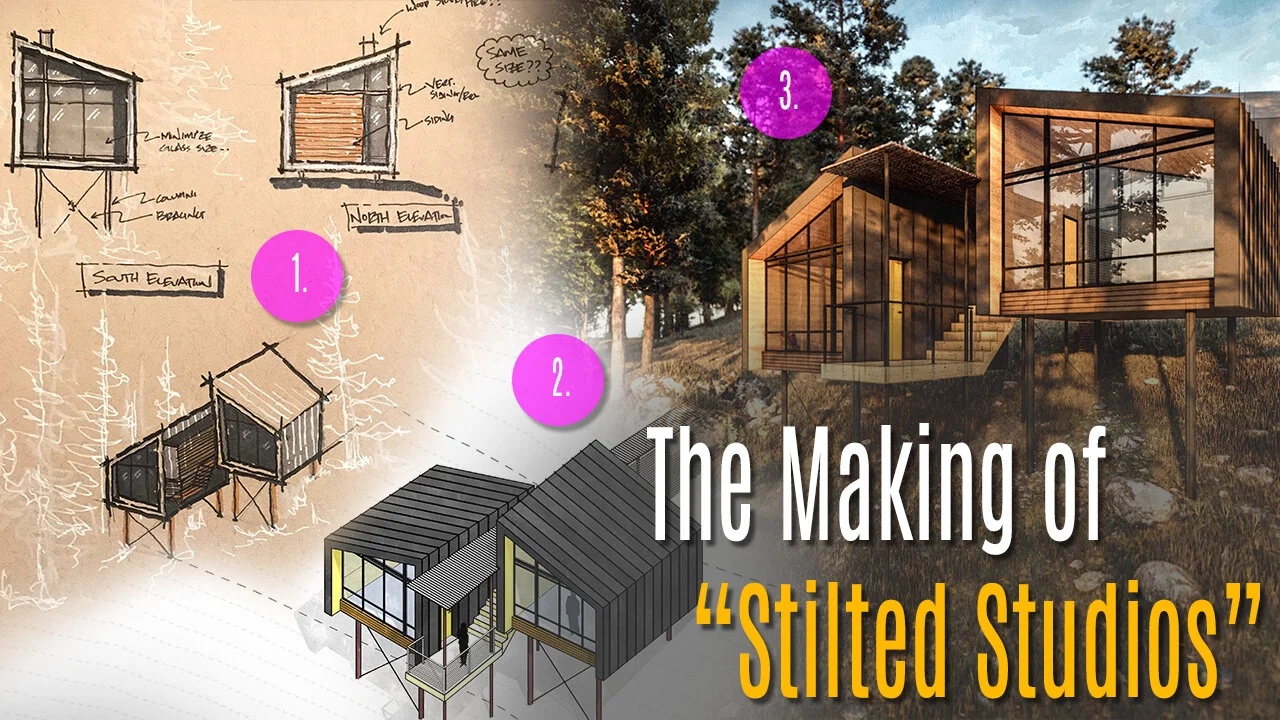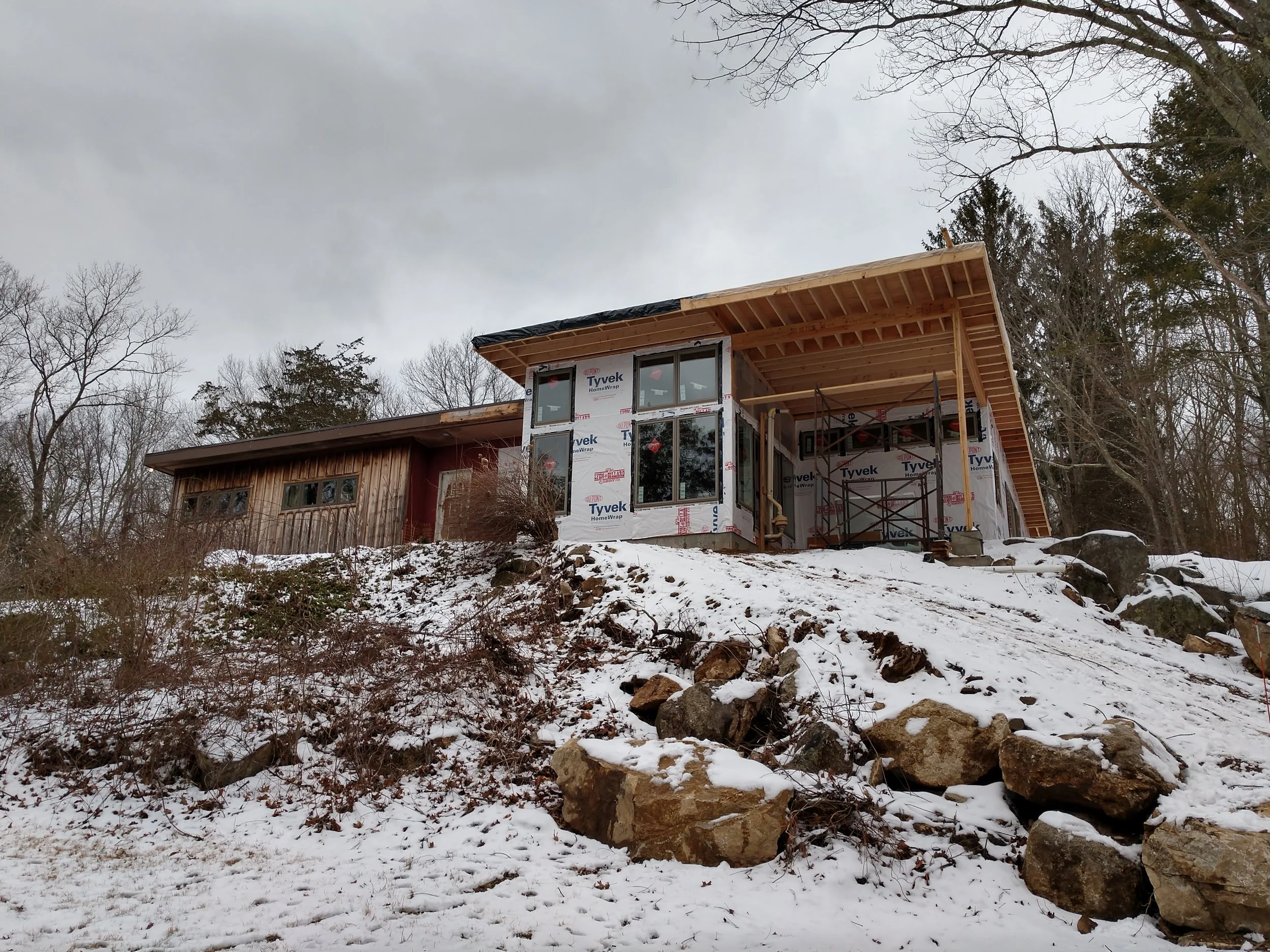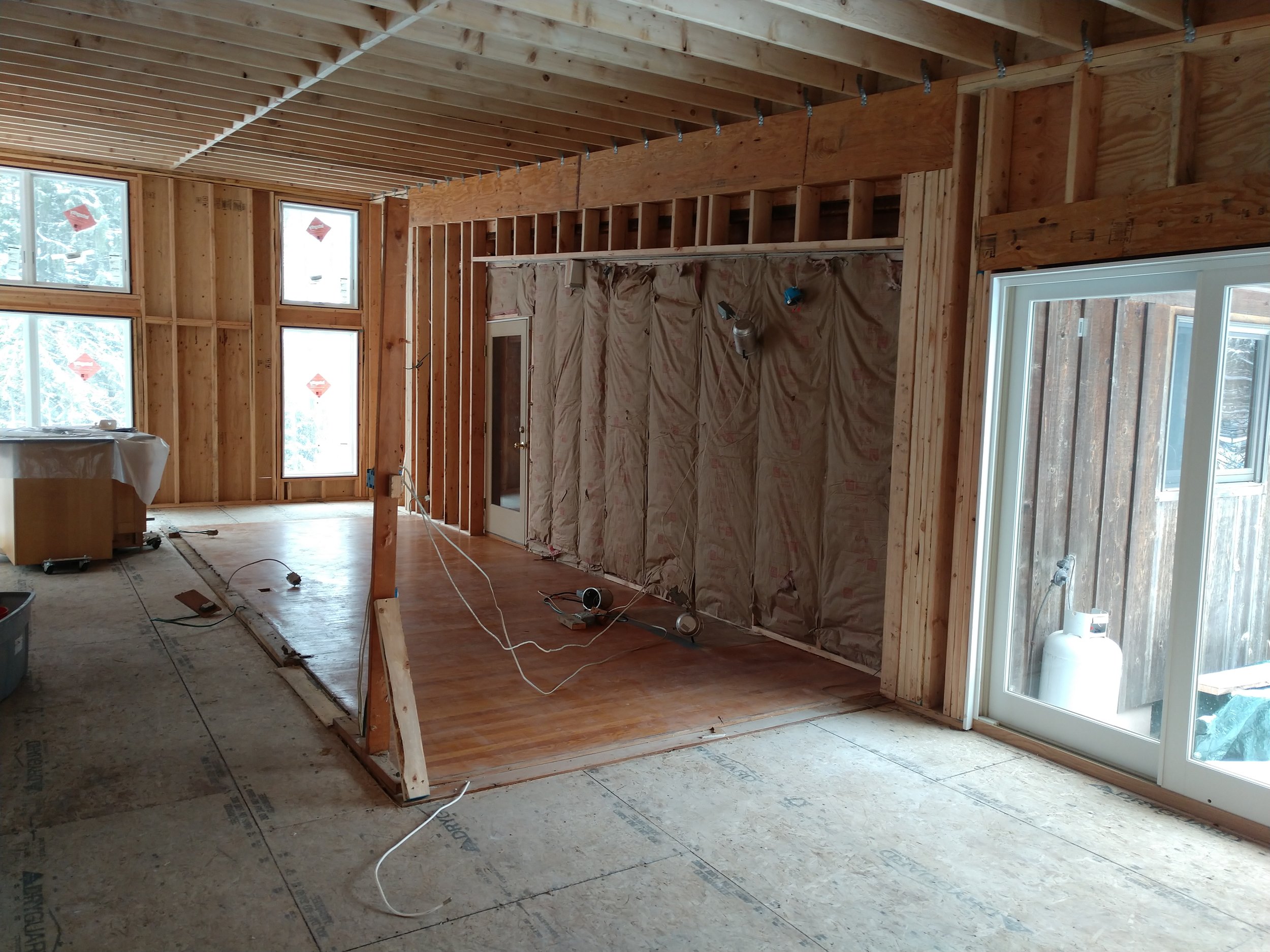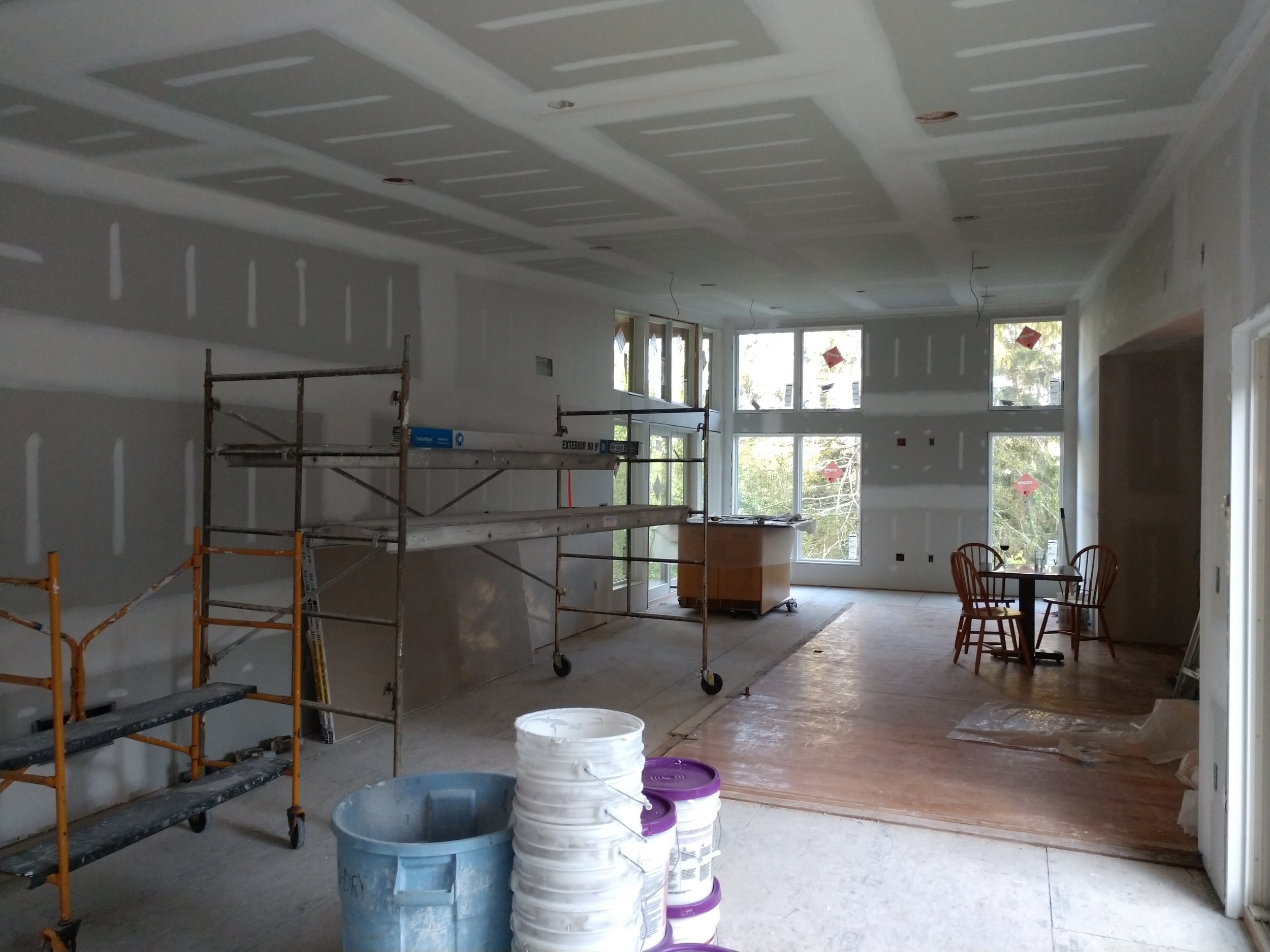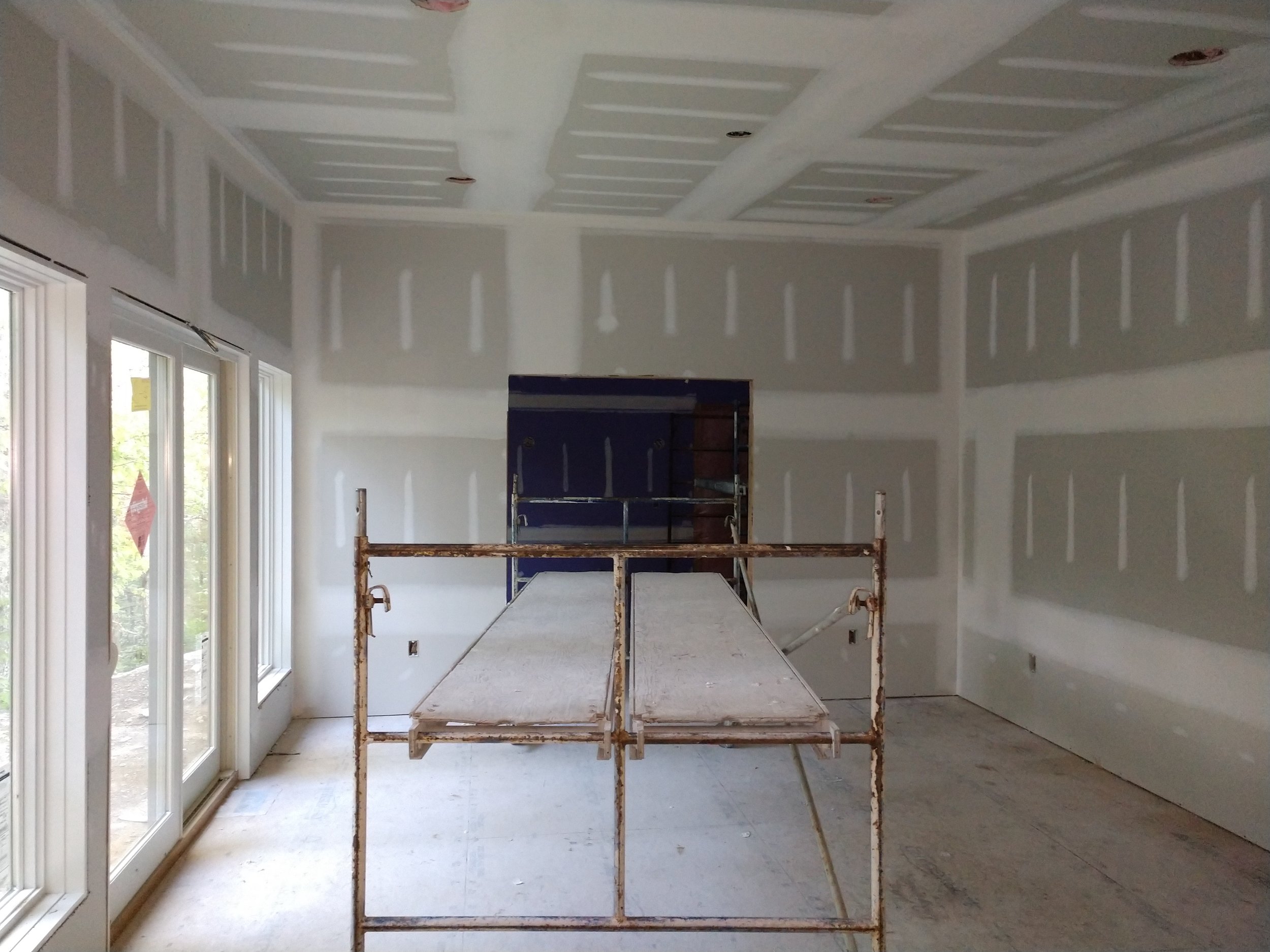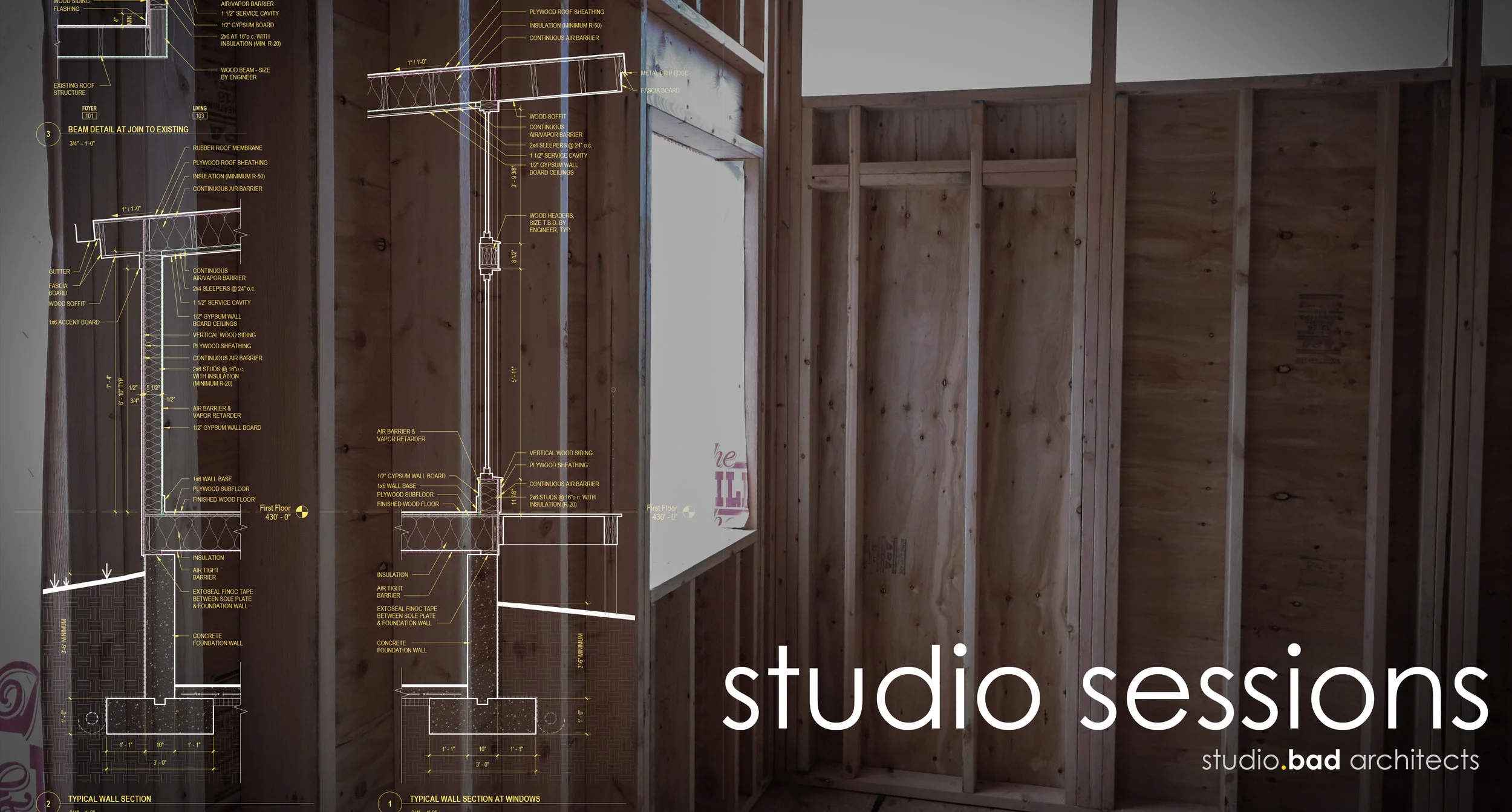There is so much we can learn by studying Mid-Century Modern home designs. For example, strategic overhangs and window placements offer passive solar heating and shading. Mid-century moderns will typically put an emphasis on natural lighting and proportionately scale the height of rooms based on their functions and sizes. Here in Connecticut, a traditionally “colonial” state, there are many great examples of mid-century modern homes built during the 60s and 70s.
Looking beyond the well-known structures, such as Philip Johnson’s “Glass House”, we find a plethora of mid-century modern homes spread throughout Connecticut’s suburban landscape. These houses are unique from one another and represent many different principles of mid-century modern design. Some of them have simple shed roofs with large windows opening towards a view. While others have expansive living rooms with exposed post-and-beam structures and high clerestory windows.
Here at studio.bad architects, we have had the pleasure of being commissioned to design additions and renovations to some of Connecticut’s hidden mid-century modern homes. In this week's studio session we want to introduce you to an exciting mid-century modern renovation that emphasizes how small strategic design moves can enhance the positive elements that already exist in your home’s design.
Tucked away in the hills of Simsbury, Connecticut, the existing structure of this mid-century modern boasted a lovely wooded site, open floor plan, and high clerestory windows. Our clients, a young family from Michigan whose careers brought them to Connecticut, loved many aspects of the home but felt there were some changes that needed to be made to meet their space requirements and the site features they enjoyed most.
Read More
